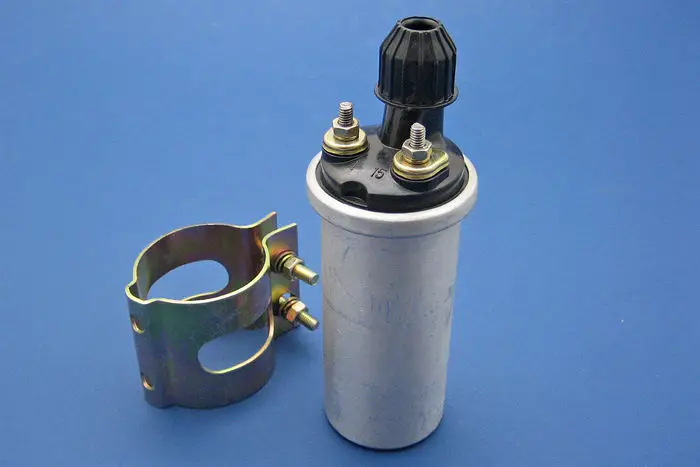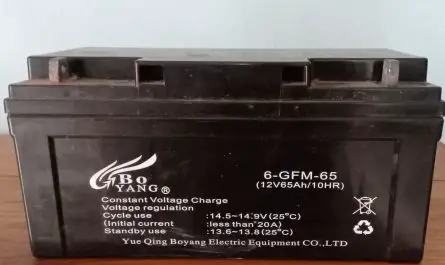When your scooter's new ignition coil is installed, the coil test is really necessary. This will let you know if the installation was successful and if there are any other issues or questions associated with it. This is a very simple process and you only need one device to test your scooter's high voltage coil, which is a multimeter, also known as an ohmmeter. Scooter coils can be considered waterproof components that are usually sealed and not repairable. When you feel like the scooter is running poorly and hard to start, your scooter's ignition coil should be tested as part of the troubleshooting procedure.
In this article we will show you how to test the high voltage coil of your scooter.
The main purpose of the high voltage ignition coil
The primary purpose of your scooter's ignition coil is to increase the low battery voltage at a high voltage that is needed by the spark plug. It is advisable to test the scooter coil when it is hot. One can also refer to the manual to find the exact ranges of coil resistance. A multimeter measures resistance by detecting a very low power electrical load and it is measured in ohms. Testing your scooter's ignition coil depends on the value of the resistance set on the multimeter.
Function of high voltage ignition coil
The function of the ignition coil is to transform the battery voltage into the required ignition voltage and transfer the energy stored in it to the spark plug. In other words, the ignition coil works like a transformer. The principle of operation of the ignition coil is relatively simple. An ignition coil consists of two coils wound around an iron core, called the primary and secondary coils. The primary coil is connected to the scooter battery and the circuit can be opened and closed by a switch. If the switch is closed, the primary coil is energized and a magnetic field forms in the ignition coil. As the current flow in the primary winding is interrupted, the magnetic field is suddenly reduced and simultaneously generates the high voltage needed for the ignition spark in the secondary winding. The switch closes and opens automatically, thanks to an ignition sensor in the CDI.
The steps to test the high voltage coil of your scooter.
Step 1: Check if the battery is fully charged
The scooter battery must be fully charged because if it is not, it will be very difficult to determine the accuracy of the ignition coil of your scooter. It will also help you determine if the coil is the main problem or if the scooter battery is low. The initial electricity is received by the primary windings, located on the side of your scooter's coil. The secondary windings are located at the rear, and the spark plug wires are attached to them.
What you will need:
Step 2: Access the Coil Wiring
The ignition coil wiring can be easily accessed by opening the housing. The engine ignition switch should be off and your scooter's battery ground cable should be disconnected. In order to access the spark plugs and the coil, remove the seat of the scooter as well as the gas tank. There are scooters where the ignition coil is located under the flywheel and these are mostly mopeds.
Step 3: Remove the spark plug cap from your scooter
Your scooter's spark plug cap must be removed for testing, if not removed your test may be inaccurate. Sometimes the cap itself can add extra resistance to the results. The resistance result should be very low. It should be between 0,5 and 1,5 ohms. Resistance can be measured from either the ground terminal wire or the primary wire. The primary wire is the one that goes to the CDI points or the CDI box. Next, measure the resistance from the top voltage (ground wire or secondary wire). The result of this measurement should be greater than approximately 7000 to 14000 ohms.
What you will need:
Step 4: Check the coil
If the end result of these wires is not between the listed numbers, then the ignition coil is faulty. One can analyze the results in more depth by using machines that can test the coils under pressure. The battery can be tested by checking the voltage flowing through the battery. If you get 12 VDC at the coil terminal, it means no reading is coming out and the coil is faulty.
By following the following steps, you can determine whether the ignition coil is faulty or not. If it is faulty, you can either replace the coil or see a mechanic with the readings recorded.
What you will need:
Learn more about your scooters:
Here is an article that serves as a guide and helps you choose your scooter better before purchasing. For this, we give you the details on the characteristics and the different types of scooter.




